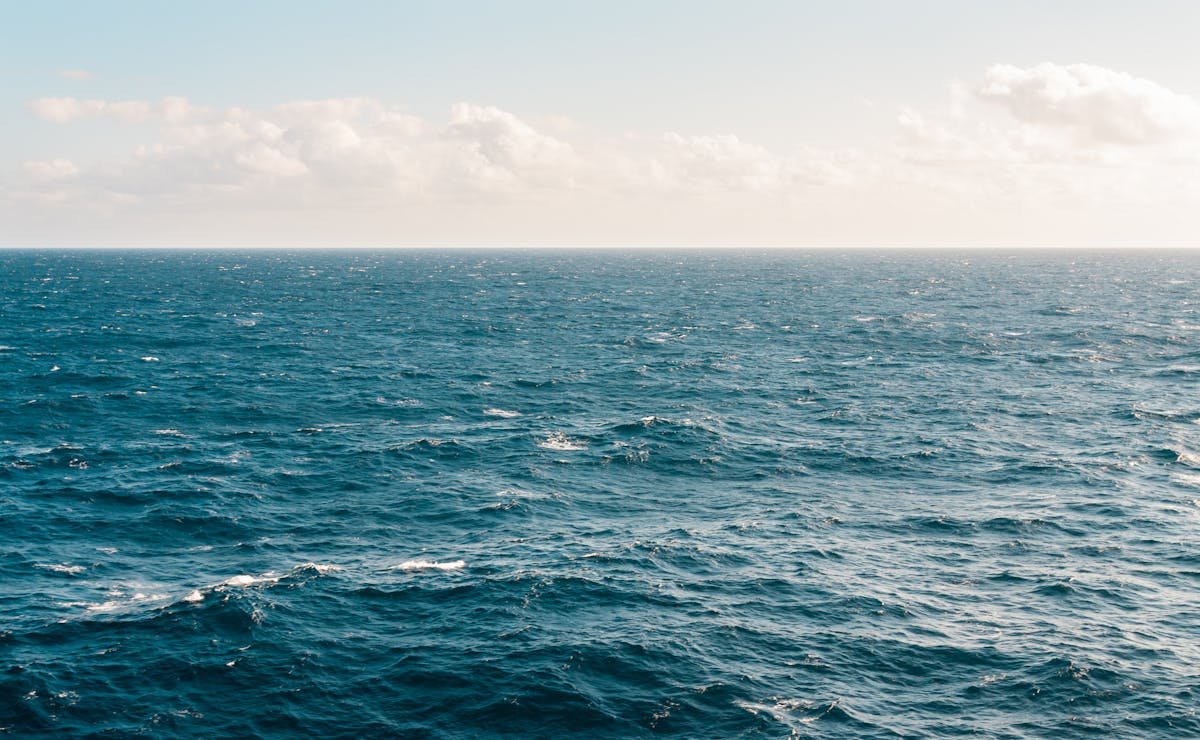Is Sea Water Drinkable? Why Don't We Purify Sea Water and Use It as Drinking Water?
Future of Energy & Resources / Date: 04-10-2025

As the global population grows disproportionately, the strain on existing natural water resources keeps accelerating in terms of quantity as well as quality. Now, there is a worldwide race for water, which is estimated to be the most critical environmental issue of the century. Nearly 1 billion people lack access to clean water, and this figure is expected to double sharply in the next few decades.
96.5% of the water on our planet is held within our oceans, but it's salty and not potable. Most of the fresh water is locked away in glaciers or deep beneath the earth's surface. So why can't we drain off all the salt from all that ocean water and enjoy nearly limitless quantities of clean, potable water, when we have less than 1% available to utilize?
As scientists and government agencies seek answers to this crisis, desalination has been touted as a solution. But desalination is far from a silver bullet for those who waste fresh water resources irresponsibly. With today’s technology, desalination is prohibitively expensive, requires a lot of energy, is environmentally damaging, and even if all of these problems could be solved, it would only be feasibly applicable to coastal communities.
Desalination Methods

Desalination plants typically fall into one of two categories: thermal or membrane . With the thermal method, seawater is absorbed, heated to produce pure steam, and the remaining brine is pumped back into the sea. With the membrane method, seawater is forced at high pressures through a series of filters that remove all salt and other contaminants.
Thermal treatment is the older method; before the 1980s, 84% of desalinated water was produced by this process. Since the beginning of the new millennium, reverse osmosis , in particular a particular type of membrane technology, has become more widely used. These types of plants now produce 69% of desalinated water worldwide.
Cost Issue
Desalination of seawater is one of the most expensive methods of producing freshwater. The total costs of desalination, including planning, permitting and concentrated waste management costs, are very high both in absolute terms and compared to the costs of other alternatives.
Because desalination requires so much energy, the plants are very expensive to maintain. Energy is reported as the largest expense for desalination plants, accounting for almost half of the costs of providing drinking water from the sea.
Environmental Issues
The costs of desalination are not only economic, but also environmental. All desalination methods produce a concentrated waste product made up of salts found in seawater and chemicals used in the process. The primary byproduct of this treatment is supersaturated saltwater called “ brine ,” which plants pump back into the sea.
This material sinks to the seabed, depleting dissolved oxygen. High salinity and low oxygen levels can have adverse effects on deep-sea benthic organisms , which can translate into observable ecological effects throughout the food chain. This byproduct can also be loaded with heavy metals and chemicals found in the feedwater. In particular, antifouling agents used in the pretreatment process of source water accumulate in concentrations that can have potentially harmful effects on ecosystems and can be detrimental to the environment.
Conclusion
Desalination allows severely water-stressed regions to have their own water resources, but it still comes at a high cost. However, with climate change and severe droughts affecting more and more areas, there is a widespread view that this method is a process worth investing in, given its lower cost and carbon footprint. Combining renewable energy with advanced technology could make desalination a more viable option. However, it will still not be the first choice for most countries in the short term.
As a solution, instead of carelessly throwing away this harmful by-product, scientists propose recycling it to create new economic values . Some crop species can tolerate salt water and can be used for irrigation, electricity can be generated through hydroelectricity, or minerals (salt, chlorine, calcium) can be recovered for reuse in other areas.
Follow Us
Newsletter
Subscribe to our newsletter to stay updated with our latest news and offers.
We respect your privacy.Trending










